It is never too late to celebrate everything incredible that surrounds us, as in Costa Rica, where every day should be a party, for having so many blessings or wonders that make up its biodiversity.
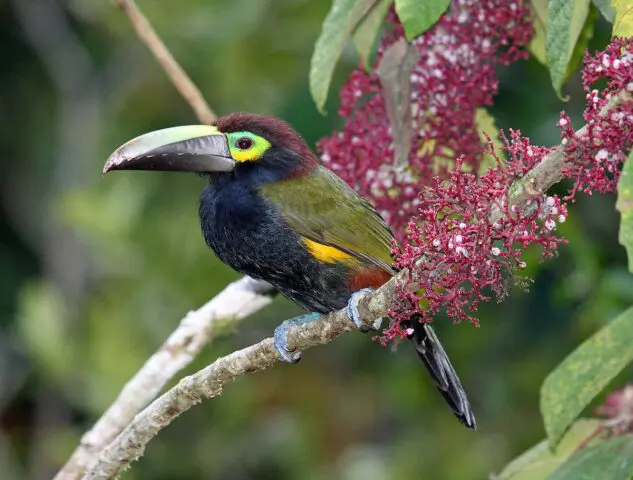
Beyond the existence of the Global Big Day that is celebrated in May, specifically on May 9th since 2015, in the country there are always places of reference to enjoy birds, especially migratory ones.
Celebrating Global Big Day, according to experts, has the purpose of raising awareness about the importance of conserving birds and their habitat. In addition, the date is ideal so people who are lovers of these species can meet the organizations in charge of their protection and join them.
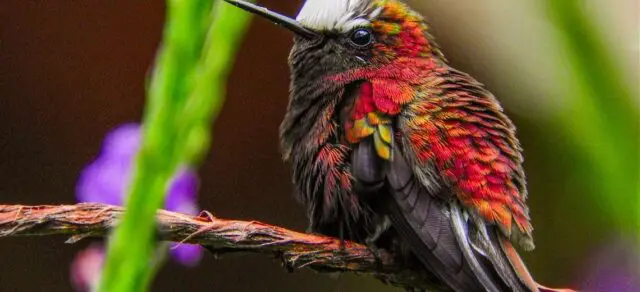
Between the months of August and November you can observe the millions of birds of prey, made up of 17 species, on the Atlantic coast. Also in Costa Rica, people can see up to 100 species of birds in a single day.
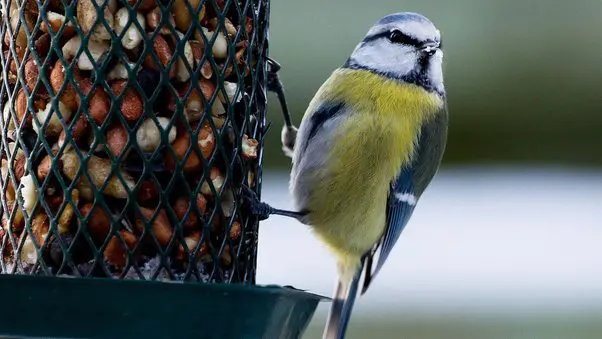
We do not want to leave out any details and more if this is your month…
What we mainly want to tell you is that World Migratory Bird Day is to give greater emphasis to the beautiful work of preserving them, an action that should grow more every day.
Costa Rica is among the 5 places in the world that have a migration of approximately 3 million birds of prey per season. Undoubtedly, the country’s climate and strategic location between North and South America are advantageous for a large number of birds to be seen throughout the year.
It is well known that 932 species of birds are found in the Central American country. In the La Marta refuge, approximately 404 have been registered and documented, including: the crested owl, the striped little monk, the yellow-eared toucanet, the snowflake hummingbird, the stake bird, the sun bird, among others.
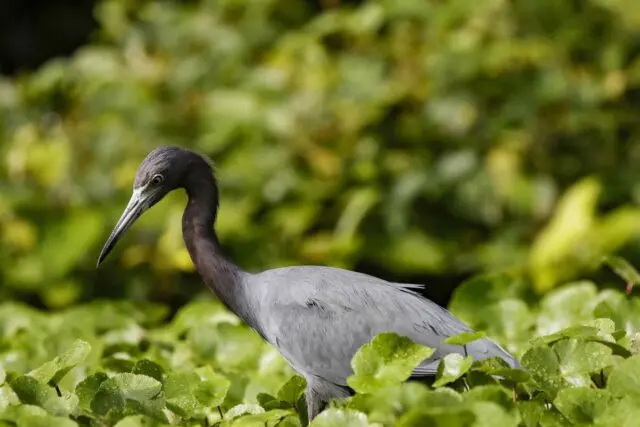
Where to observe migratory birds?
In Costa Rica, there are places where you can see the greatest spectacle of bird species, remember to take videos or photographs.Very important, it will be such a fabulous experience that you will want to participate in its conservation.
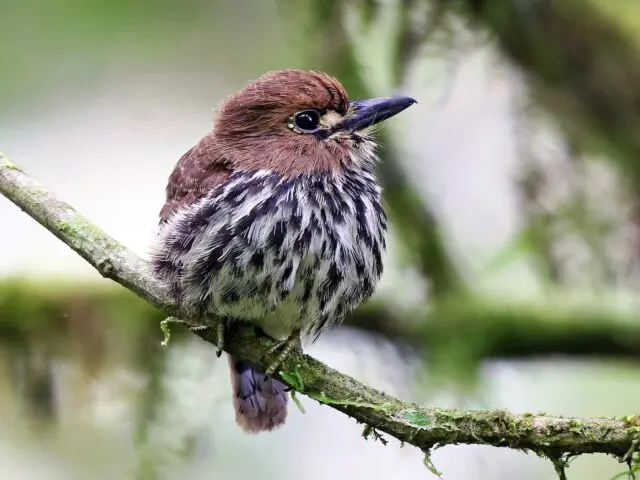
One of the places to observe the different species of birds, most of them migratory, is the aforementioned La Marta wildlife refuge, located in Cartago.Currently, the refuge is considered ideal for bird watching and enjoying nature.
La Marta, has been serving the public for 32 years, so that people can enjoy a protected natural space for the observation of various species.Specialists on the subject point out that the Caribbean of Costa Rica is full of a colorful migration of birds, considered the most important in the country and also in America.
In the Tortuguero National Park, located precisely in the Caribbean, bird counts have been carried out, in which more than 40 experts recorded the number of birds they observe in one day.
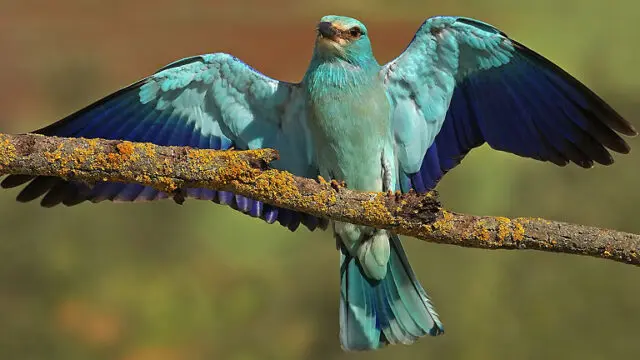
Tortuguero National Park alone has 366 registered species, species such as the crested eagle, considered the second largest eagle in Costa Rica and difficult to see.
Costa Rica has more than 9% of the world’s birds
Experts highlight that more than 9% of the world’s birds are enjoyed in Costa Rica, due to its geographic location, which has allowed it to be a biological bridge, in fact, a large number of bird species that spend the winter in South America pass through Costa Rica instead of making the dangerous journey over open water in the Caribbean Sea. When flying over the ocean, the birds not only risk exhaustion and falling into the water, but they can also fall prey to hawks that follow their same migratory route.
In the wetlands of northern Costa Rica, such as the Palo Verde National Park in Guanacaste, thousands of migratory and native birds can be observed between December and March, including endangered species such as the Jabirú stork. In the rest of the months you can see sandpipers, hummingbirds, thrushes, warblers, orioles and tanagers.Approximately 25% of the Central Pacific avifauna is migratory, the rest is resident, that is, it does not migrate; They live there all year.
Truly, wildlife migration may be the most significant spectacle on the planet. In Costa Rica, the environmental conditions are usually an attraction for the species, a temporary home not only for birds, but also for whales, sea turtles and more.

